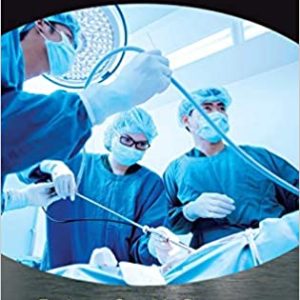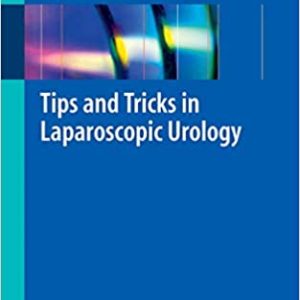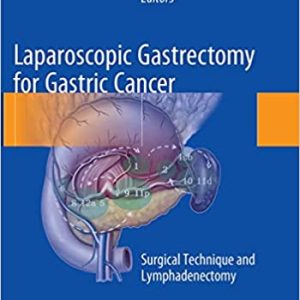Minimally Invasive Bariatric Surgery 2007th Edition
Authors: Philip R. Schauer, Bruce D. Schirmer, Stacy A. Brethauer
Publication:
Year: 2007
ISBN: 9780387680583, 9780387680620
Format: PDF
$8.99
Description
Over the last decade, bariatric surgeons have witnessed more dramatic advances in the field of bariatric surgery than in the previous 50 years of this relatively young discipline. These changes have certainly been fueled by the great obesity epidemic beginning in the 1970’s which created the demand for effective treatment of severe obesity and its co-morbidities. The gradual development and standardization of safer, more effective, and durable operations such as Roux-en Y gastric bypass (RYGB), biliopancreatic diversion, duodenal switch, and adjustable gastric banding account for the first wave of advances over the last decade. More recently, the advent of minimally invasive surgery in the mid 1990’s accounts for the second wave of major advances.
Fifteen years ago, fewer than 15,000 bariatric procedures (mostly vertical banded gastroplasty) were performed each year in the U.S. and all were performed with a laparotomy requiring nearly a week of hospitalization and 6 weeks of convalescence. Mortality rates exceeding 2 percent and major morbidity exceeding 25% was the norm. It later became apparent that the laparotomy itself accounted for much of the morbidity of bariatric surgery contributing to major impairment in postoperative cardiopulmonary function leading to atelectasis, pneumonia, respiratory failure, heart failure, and lengthy stays in the intensive care unit for a significant subset of patients. Furthermore, wound complications including infections, seromas, hernias and dehisences were the norm rather than the exception. Hernias were so common (20-25%) that they were often considered the second stage of a bariatric procedure.
Today, over 200,000 bariatric procedures are performed each year in the U.S. and nearly twice that figure worldwide. Nearly all gastric banding procedures, an estimated 75% of RYGB procedures, and even some BPD procedures are performed laparoscopically indicating that the laparoscopic approach has been widely adopted in bariatric surgery. The dramatic reduction in postoperative pain, hospital stay to 1-3 days, recovery to 2-3 weeks, incidence of intensive care utilization to < 5% along with a great reduction in cardiopulmonary complications and wound complications can be attributed to the laparoscoic approach. Operative mortality of less than 1% is now common and perhaps also attributable to laparoscopic surgery. Indeed bariatric surgery has become safer and more desirable because of laparoscopic surgery. This textbook, Minimally Invasive Bariatric Surgery, is intended to provide the reader with a comprehensive overview of the current status of bariatric surgery emphasizing the now dominant role of laparoscopic techniques. It is our intention to address issues of interest to not only seasoned and novice bariatric surgeons but all health care provides who participate in the care of the bariatric patient. Specifically, we expect surgical residents, fellows, allied health, and bariatric physicians to benefit from this book. At the onset of this book, we invited contributing authors who we considered the most authoritative, coming up with a "Who’s Who" list of bariatric surgeons. The reader will note among the authors a high degree of clinical expertise, international diversity, as well as diversity of thought. We have even included a chapter on the role of open bariatric surgery to balance the enthusiasm of the editors to minimally invasive surgery. Furthermore, we’re thankful for our good fortune in recruiting authors who have been on the forefront in developing and teaching specific procedures. Although not intended to be an atlas of bariatric surgery, this text does provide detailed illustrations and descriptions of all the common procedures with technical pearls from the surgeons who introduced them to the world. The benefits of laparoscopic surgery, however, must be balanced with the significant training challenges posed by laparoscopic bariatric surgery. Special emphasis on learning curves and training requirements are found through out this text. A chapter on training and credentialing is included to update the reader on current guidelines. To further enlighten the reader, we also have included chapters on special issues and controversial subjects including laparoscopic instruments and visualization, bariatric equipment for the ward and clinic, medical treatment of obesity, hand-assisted surgery, hernia management, diabetes surgery, perioperative care, pregnancy and gynecologic issues, and plastic surgery after weight loss. Chapter 24, "Risk-Benefit Analysis of Laparoscopic Bariatric Procedures," is particularly useful in that it compares head-to-head the risks and benefits of all the major operations. Finally, we do incorporate chapters that focus on new and futuristic operations such as sleeve gastrectomy, gastric pacing, and endoluminal /natural orifice surgery – perhaps the next wave of minimally invasive surgery. In the wake of the laparoscopic revolution of the 1990’s, minimally invasive approaches to nearly every abdominal procedure and many thoracic procedures have been devised; however, in reality, only a few common procedures are now performed with a laparoscopic approach as the standard (ie. >50%). Laparoscopic cholecystectomy, Nissen fundoplication, and bariatric procedures represent the major triumphs thus far of the laparoscopic revolution. Perhaps, bariatric operations represent the best application of minimally invasive procedures because avoidance of an extensive laparotomy in the high-risk bariatric population provides the greatest relative benefit. We hope that you encounter as much enjoyment reading Minimally Invasive Bariatric Surgery as we have had writing it! Now, on to the next revolution in bariatric surgery!
Phil Schauer, MD
Bruce Schirmer, MD
Stacy Brethauer, MD
Additional information
Showing 1–12 of 279 results
-

Colorectal Surgery: Board and Certification Review, 8th Edition
$32.99 Add to cart -
Sale!
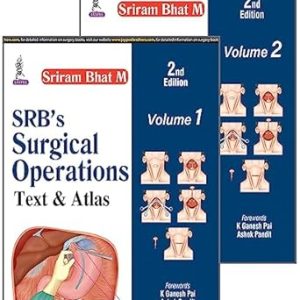
SRB’s Surgical Operations: Text & Atlas (2 Volumes), 2nd Edition
$18.99 Add to cart -

Crash Course 1000 SBAs for Finals and the MLA – Medicine and Surgery, 3rd Edition
$15.99 Add to cart -

Clinical Scenarios in Surgery: Decision Making and Operative Technique, 3rd Edition
$15.99 Add to cart -

A Manual of Basic Microsurgical Techniques First Edition
$16.99 Add to cart -
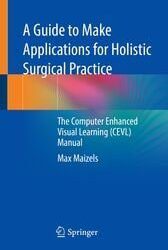
A Guide to Make Applications for Holistic Surgical Practice: The Computer Enhanced Visual Learning
$8.99 Add to cart -
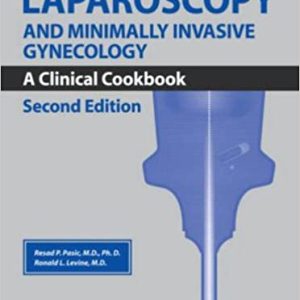
A Practical Manual of Laparoscopy and Minimally Invasive Gynecology: A Clinical Cookbook 2nd Edition
$8.99 Add to cart -

A Guide to Laparoscopic Surgery 1st Edition
$8.99 Add to cart -

Abdominal Pain: Essential Diagnosis and Management in Acute Medicine
$8.99 Add to cart -

Acute Care Surgery Second Edition
$13.99 Add to cart -

Abernathy’s Surgical Secrets Seventh Edition 7th ed/7e
$8.99 Add to cart -

ACP Procedural Shorts (Videos+PDFs)
$21.99 Add to cart


